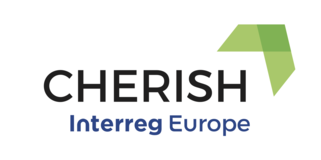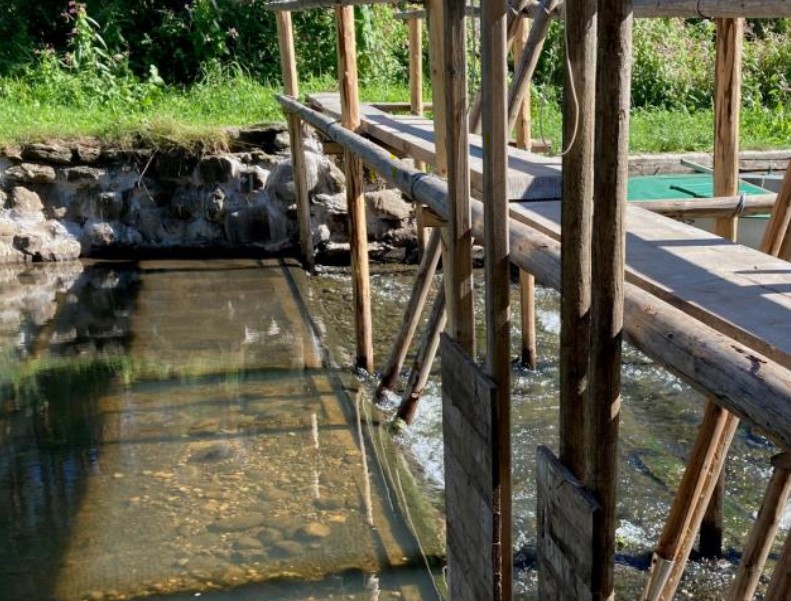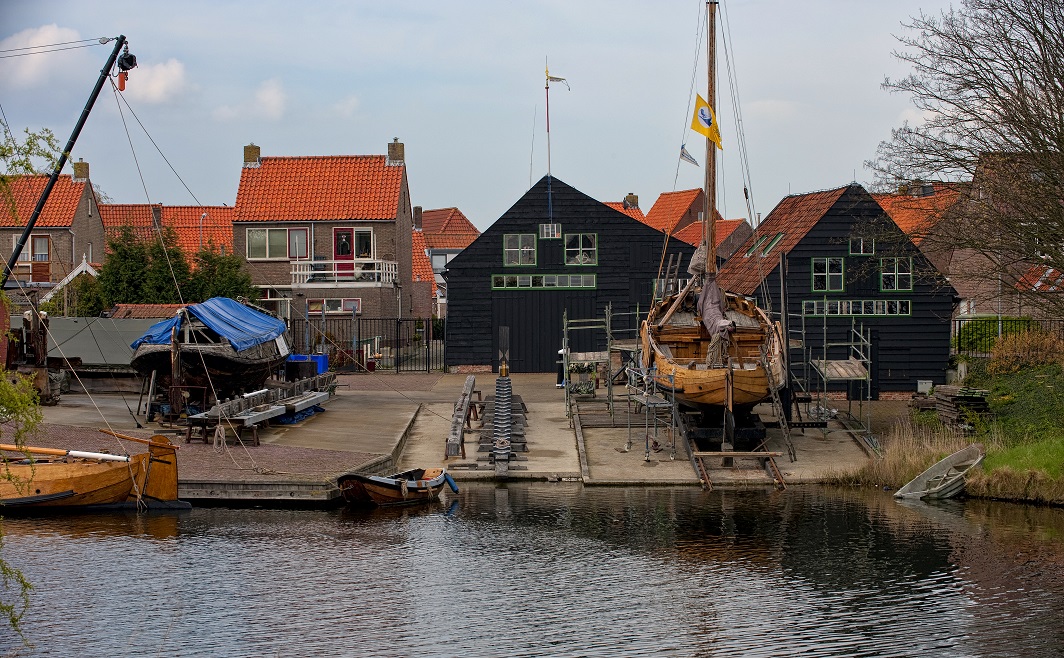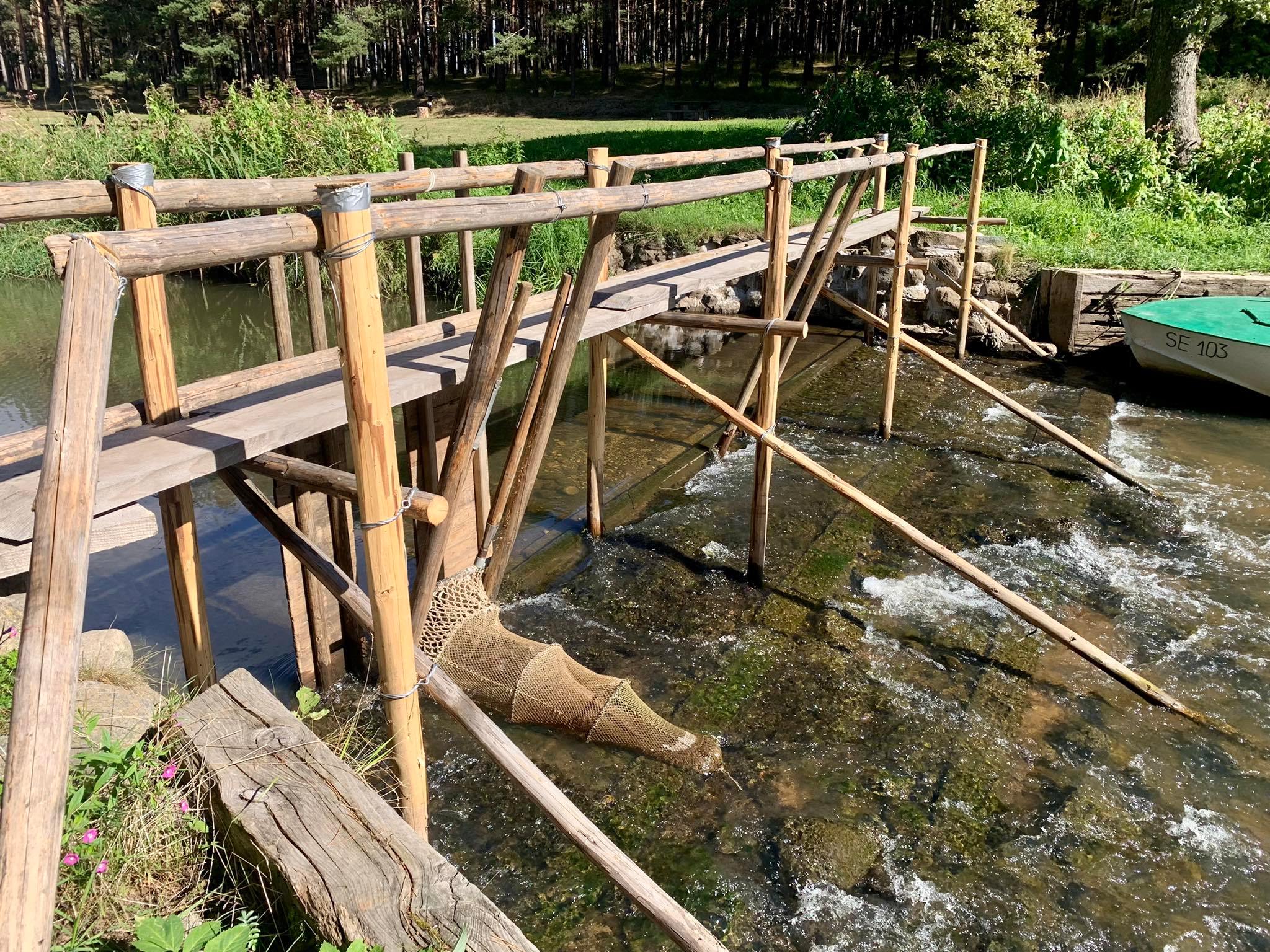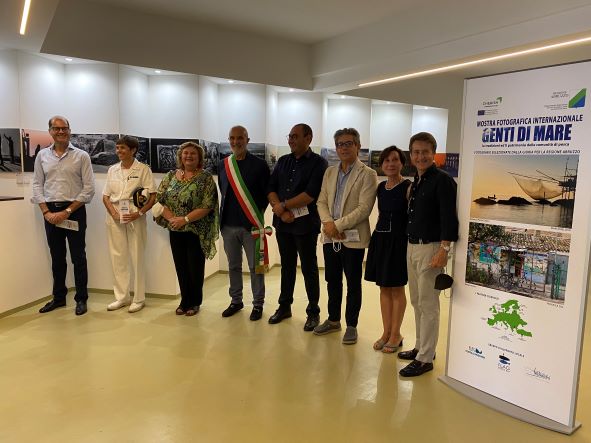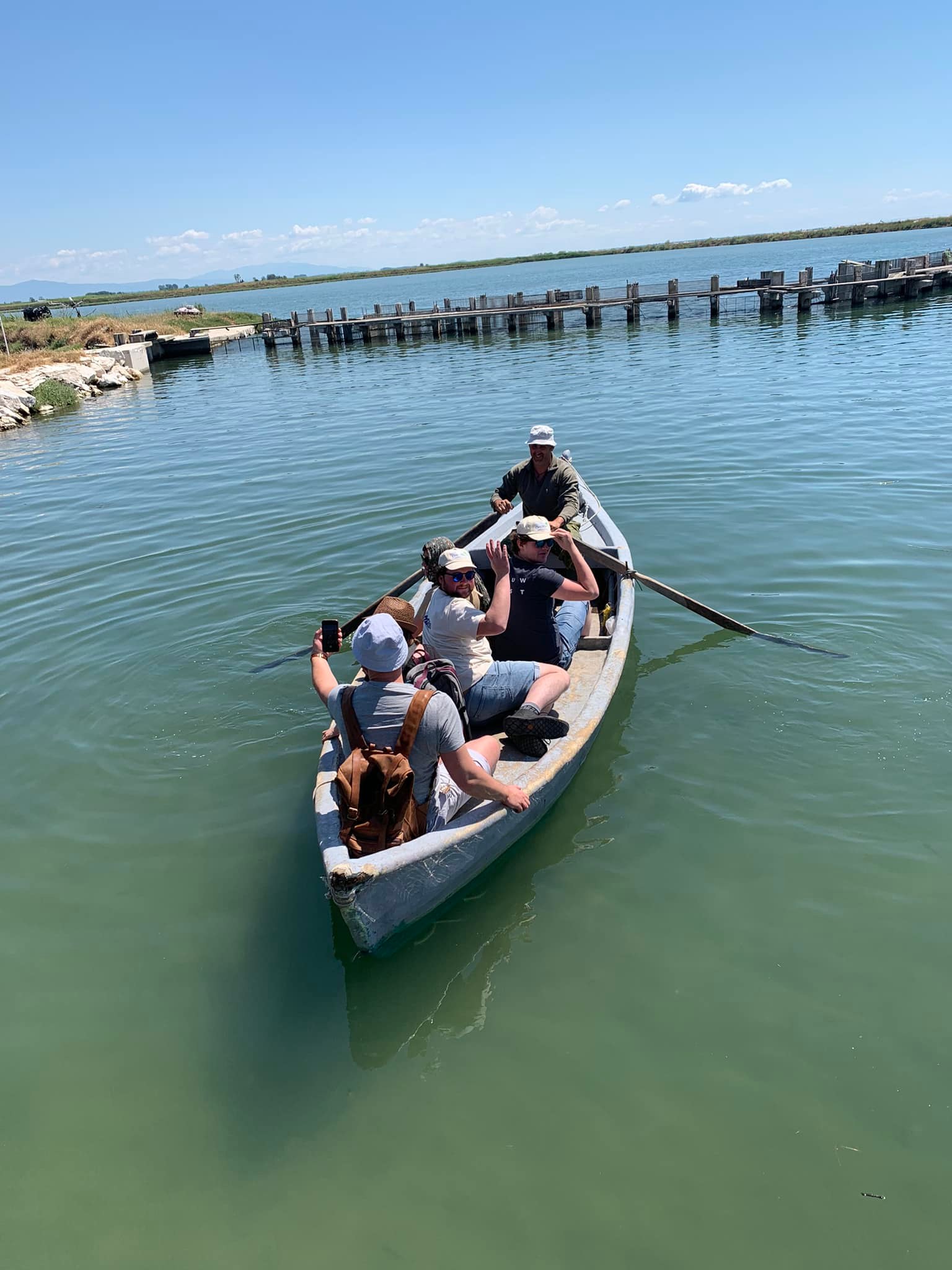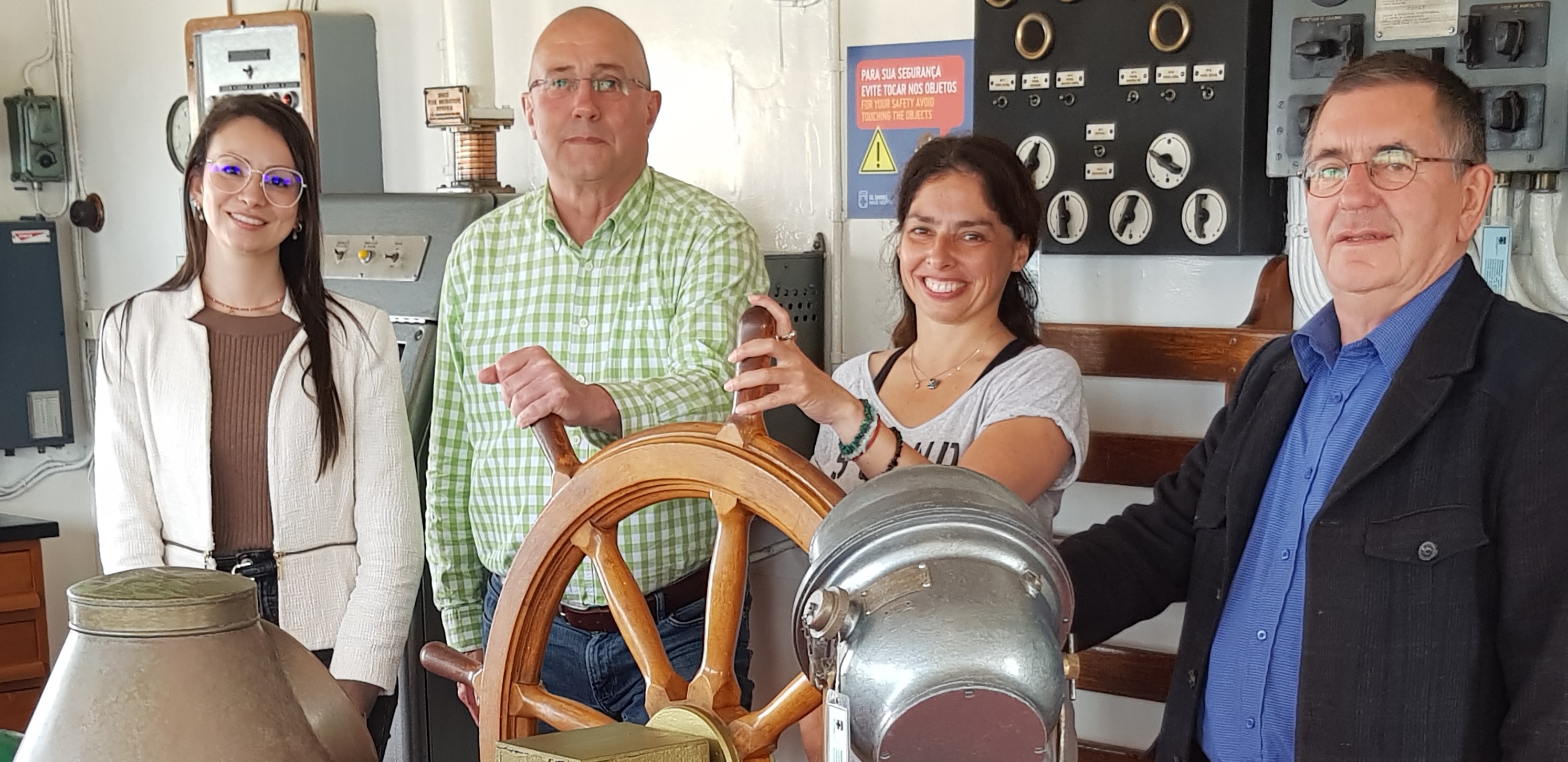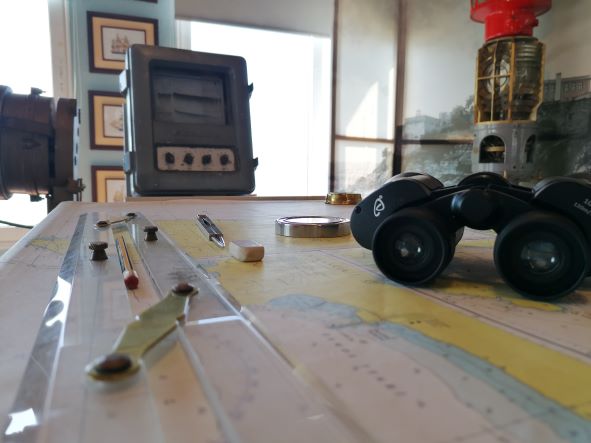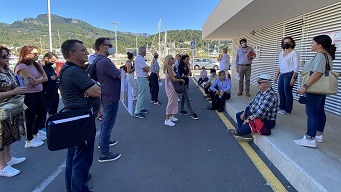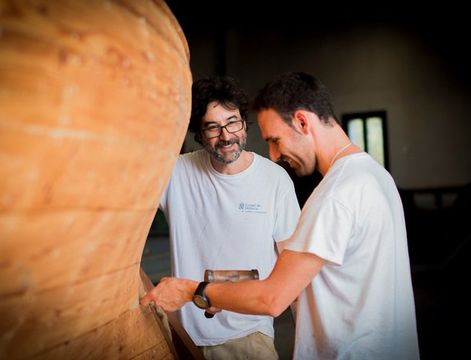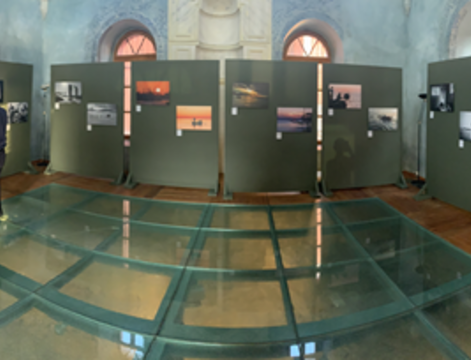A total of four good practices have been submitted by the Alto Minho region, including two museums, a website, and a project which makes special effort to include vulnerable people. All of them have accomplished to accommodate children and young people, which helps tremendously to keep the memory alive of cultural heritage in the region. Read all about them below.
Aquamuseum of the Minho River
Scientific research is combined with environmental and cultural education at the Aquamuseu do Rio Minho. Different stakeholder groups are involved to collect the traditional ecological knowledge about the region, the river, the fishermen, their tools and skills. Skills have been passed down generations and as fishing activities are dwindling the museum makes sure these skills are not lost. Through school activities and workshops the skills can be taught to children and young adults. Next to the section about fishing, the museum includes an aquarium and an otter area.
AMAReMAR
In Esposende the AMAReMAR project was started to provide social support and create a sense of belonging among the locals. The activities aim at promoting integration and social inclusion, and to foster opportunities for personal growth, and are open to the general public of all ages, but special attention is paid to those in vulnerable situations. Workshops include theatre, music, illustration and creative sewing, and are all aimed at the sea and Esposende’s cultural heritage as a fishing community. Every year, more people take part in the activities.
Lugar do Real
To improve the social image of fishing and that of professionals working in the fishing sector, the AO NORTE created the online Lugar do Real platform. On the platform videos can be found which cover different topics such as the sea and its resources, traditions, gastronomy, and museums. The website has had over two million visits, and students of elementary, secondary and high schools are involved to produce their own videos about the different topics.
Gil Eannes Hospital Ship
During the second half of the twentieth century, the hospital ship supported the Portuguese cod fishing fleet, and many inhabitants of Viana do Castelo have memories of family members and neighbours who have been treated on the ship. To save the ship from being sold as scrap material, it has been restored and transformed into a museum. The museum is an eyecatcher in the docks of the city, and visitors can not only enjoy a tour through the ship, but also book presentations, celebrations of the National Day of the Sea, and other activities.
To learn more about all the projects and initiatives that contribute to the protection and promotion of cultural heritage in fishing communities , check out the good practices page on the website.
